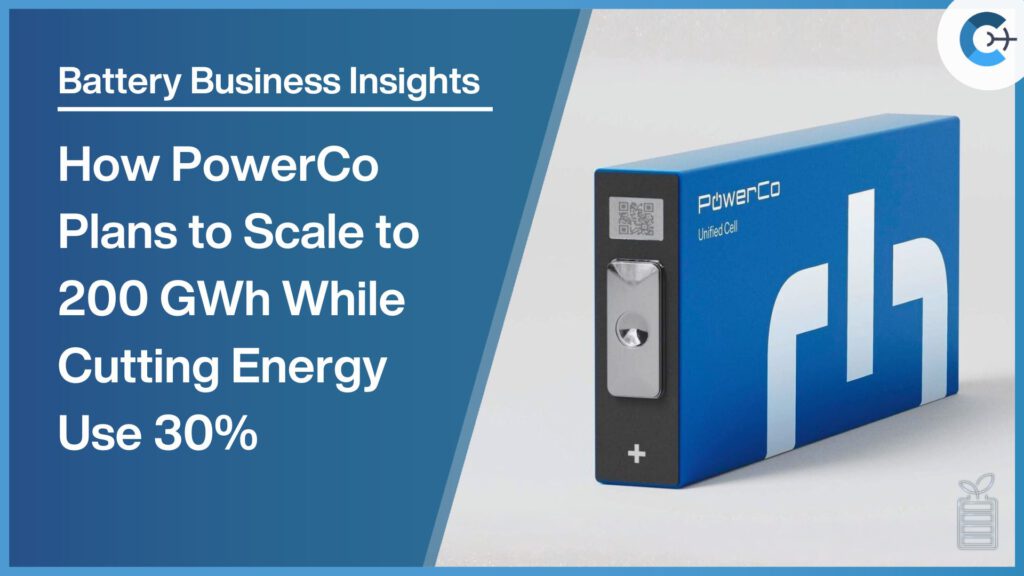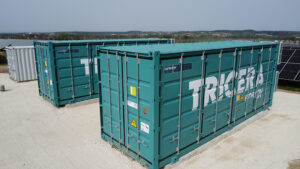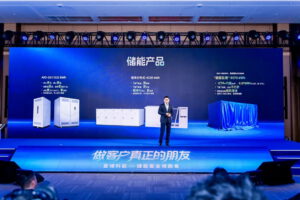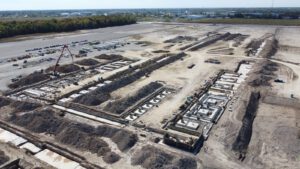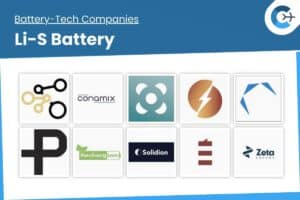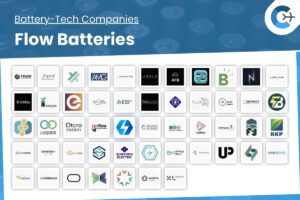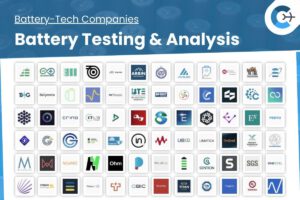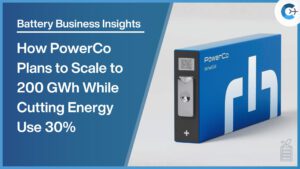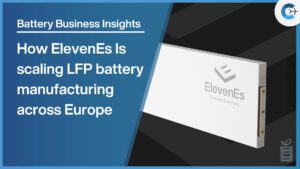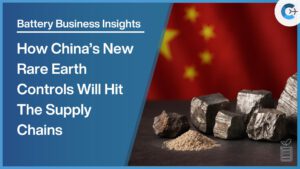PowerCo, Volkswagen Group’s battery company, is pursuing a clear formula for scale: build identical “standard factories,” manufacture a flexible unified prismatic cell, localize critical materials, and industrialize a dry coating process that targets roughly 30% lower energy use in electrode production. With three hubs—Salzgitter (Germany), Valencia/Sagunto (Spain), and St. Thomas (Canada)—PowerCo plans up to 200 GWh of battery cell capacity at full buildout. The approach is designed to cut manufacturing costs and emissions while securing supply for Volkswagen’s growing EV lineup in Europe and North America.
Key Facts & Figures
- Founded: 2022
- Headquarters: Salzgitter, Germany
- Employees: ~1,500 (2024–2025)
- Ownership: Subsidiary of Volkswagen Group
- Planned capacity: Up to 200 GWh across three sites (full buildout)
- Site snapshots: Salzgitter up to 40 GWh (initial 20 GWh line in 2025; second line postponed); Valencia 40 GWh initial, expandable to 60 GWh; St. Thomas up to 90 GWh
- Standardization: Unified prismatic cell, standardized process/equipment, modular 20 GWh expansion blocks
- Notable tech: Dry coating (targeting ~30% energy reduction; ~15% less floor space), cell-to-pack
- Materials localization: IONWAY (PowerCo–Umicore JV) targeting 160 GWh CAM/pCAM capacity by decade-end
Company Background & Market Position
Formed in 2022, PowerCo SE is Volkswagen’s in-house battery cell manufacturer, tasked with securing cell supply and driving down costs through vertical integration—spanning materials, manufacturing, and recycling. The company is headquartered in Salzgitter, with additional facilities under construction in Valencia/Sagunto and St. Thomas. The leadership team is led by Frank Blome (Board Chair/CEO).
PowerCo’s market role is primarily to serve Volkswagen Group brands with standardized cells and factory processes. This captive demand anchors its initial volumes and underpins investment in automation, digital systems, and a modular capacity ramp. The company complements internal programs with selective partnerships on materials (Umicore via IONWAY) and manufacturing equipment (Koenig & Bauer for dry coating lines).
Manufacturing Capacity & Infrastructure
- Salzgitter, Germany (HQ): Designed for up to 40 GWh. PowerCo has confirmed the first production line (about 20 GWh) is scheduled to start series production in 2025. The planned second line has been postponed until further notice, reflecting a demand-driven ramp strategy. Salzgitter also acts as a blueprint site for process, quality, and training.
- Valencia/Sagunto, Spain: Public communications indicate an initial ~40 GWh annual capacity with potential expansion to ~60 GWh. Press statements have referenced a start of production in 2026, while other planning documents and local sources cite 2026–2027 timing. The plant is intended to supply unified cells to Volkswagen’s Iberian vehicle plants and is supported by renewable energy, including an adjacent solar facility.
- St. Thomas, Ontario, Canada: Targeted at up to 90 GWh, this is PowerCo’s largest factory by design. The site aims for first cell production in 2027 and is expected to create up to ~3,000 direct jobs, with additional indirect employment in the supply chain and construction. The Canadian hub will serve North American demand and help align with regional content rules.
Across the network, PowerCo is standardizing factory layouts, equipment, and software, and executing modular 20 GWh capacity blocks to reduce time-to-scale. The company states a full buildout of the three sites would reach up to 200 GWh annually.
Technology & Product Strategy
Unified prismatic cell: PowerCo’s standard cell targets about 660 Wh/l volumetric energy density (roughly 10% higher than the prior generation in the volume segment). The cell is chemistry-flexible—LFP for cost/stability and NMC for higher energy density—and designed for cell-to-pack architectures to reduce parts and improve system-level efficiency. Forecasts publicized around the cell reference fast charging capabilities and projected ranges exceeding 450 km in smaller EV applications.
Dry coating process: In collaboration with Koenig & Bauer, PowerCo is scaling a solvent-free dry coating method for electrodes that targets about 30% lower energy consumption and around 15% less floor space by eliminating drying and solvent recovery steps. Pilot lines are operating, with industrial proof-of-concept targets set around mid-2025. The process aims to improve cost, sustainability, and line throughput potential.
Materials and recycling: The IONWAY joint venture with Umicore plans to supply CAM/pCAM to PowerCo’s European factories starting 2025, targeting 160 GWh of materials capacity by the end of the decade. PowerCo also develops reuse and recycling programs to close loops and improve material security over time.
Next-gen chemistries: PowerCo continues R&D on solid-state lithium-metal in partnership with QuantumScape, alongside exploratory work in sodium-ion and other emerging systems through academic collaborations.
Strategic Initiatives & Market Context
- Localized supply: IONWAY in Poland for European CAM/pCAM, with more regional sourcing to reduce dependencies and meet EU sustainability requirements.
- Energy and emissions: Dry coating tackles one of the most energy-intensive steps in cell production, supporting lower operating costs and reduced Scope 2 emissions when paired with renewable electricity.
- Flexible ramping: The Salzgitter second-line postponement signals careful matching of capacity to EV demand and cost conditions in Europe.
- North American buildout: The St. Thomas plant advances domestic cell supply for Volkswagen’s regional EV plans and responds to policy incentives and content rules in the U.S. and Canada.
Competition from established Asian cell makers remains intense on cost and scale. PowerCo’s response is a standardized, localized model that links factory design, unified cell formats, and materials partnerships to compress learning curves.
Looking Ahead: Future Outlook & Final Perspective
PowerCo’s scale-up will depend on three execution items: (1) ramping standard factories on time and on budget; (2) translating dry coating pilot gains into stable, high-yield mass production; and (3) securing regional materials at competitive cost and quality. Near term, a demand-matched buildout—evident in Salzgitter—reduces risk while Valencia and St. Thomas come online.
If PowerCo hits its industrial targets, the company can deliver substantial unit-cost and energy-use reductions versus conventional lines, while reaching up to 200 GWh at full buildout. That combination explains how PowerCo aims to scale capacity while cutting energy use: repeatable factories, a common cell format, and a manufacturing process that reduces drying from electrodes—a tangible path to lower-cost, lower-footprint EV batteries.

